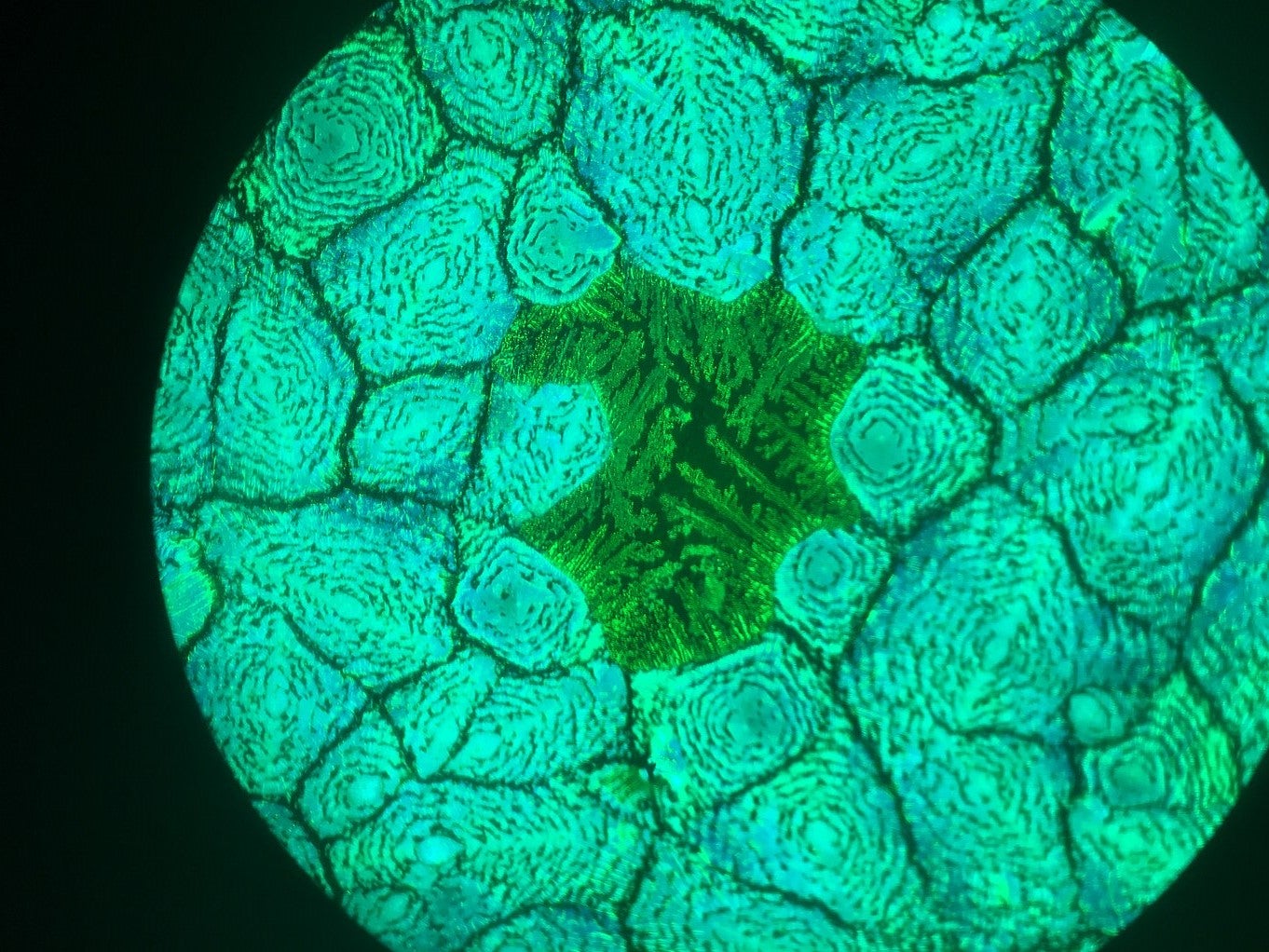Mystery of solar power ‘miracle material’ perovskite finally revealed

Your support helps us to tell the story
From reproductive rights to climate change to Big Tech, The Independent is on the ground when the story is developing. Whether it's investigating the financials of Elon Musk's pro-Trump PAC or producing our latest documentary, 'The A Word', which shines a light on the American women fighting for reproductive rights, we know how important it is to parse out the facts from the messaging.
At such a critical moment in US history, we need reporters on the ground. Your donation allows us to keep sending journalists to speak to both sides of the story.
The Independent is trusted by Americans across the entire political spectrum. And unlike many other quality news outlets, we choose not to lock Americans out of our reporting and analysis with paywalls. We believe quality journalism should be available to everyone, paid for by those who can afford it.
Your support makes all the difference.Researchers have unlocked the mysterious properties of the so-called “miracle material” perovskite, paving the way for ultra-efficient solar cells.
Utilising new microscopy techniques, scientists from the University of Cambridge were able to understand why the disordered structure of perovskite actually increases its performance.
Perovskite materials have emerged in recent years as a promising alternative to conventional silicon-based solar cells, as they have the potential to be more efficient at transforming the Sun’s energy into electricity, as well as cheaper to produce.
Less than a year ago, scientists from Technical University Berlin achieved a new world record in solar cell efficiency with perovskite, beating the silicon record of 28 per cent with an efficiency of 29.15 per cent.
The latest research saw Cambridge’s Cavendish Laboratory collaborate with the Diamond Light Source synchrotron facility in Didcot and the Okinawa Institute of Science and Technology in Japan in order to experiment with different techniques to better understand perovskite.
“The idea is we do something called multimodal microscopy, which is a very fancy way of saying that we look at the same are of the sample with multiple different microscopes and basically try to correlate properties that we pull out of one with the properties we pull out of another one,” said University of Cambridge PhD student Kyle Frohna.
“What we see is that we have two forms of disorder happening in parallel. The electronic disorder associated with the defects that reduce performance, and then the spatial chemical disorder that seems to improve it. And what we’ve found is that the chemical disorder - the ‘good’ disorder in this case - mitigates the ‘bad’ disorder from the defects by funnelling the charge carriers away.”
Forged deep within the Earth’s mantle, perovskite can also be synthesized in a lab and holds the potential to transform a variety of fields.

It could even hold the key to ultra-fast communications, with a 2017 study finding that it could boost computing and internet speeds by up to 1,000 times.
“This methodology enables new routes to optimise them at the nanoscale to, ultimately, perform better for a targeted application,” said Miguel Anaya, a research fellow at Cambridge’s Department of Chemical Engineering and Biotechnology.
“Now, we can look at other types of perovskites that are not only good for solar cells but also for LEDs or detectors and understand their working principles.”
Materials science professor Z. Valy Vardeny from the University of Utah described it as “unbelievable, a miracle material” in 2017, after researchers were able to improve its sunlight-to-energy efficiency by more than 10-times in just a few years.
The latest findings were published in the journal Nature Nanotechnology on Monday.

Join our commenting forum
Join thought-provoking conversations, follow other Independent readers and see their replies
Comments